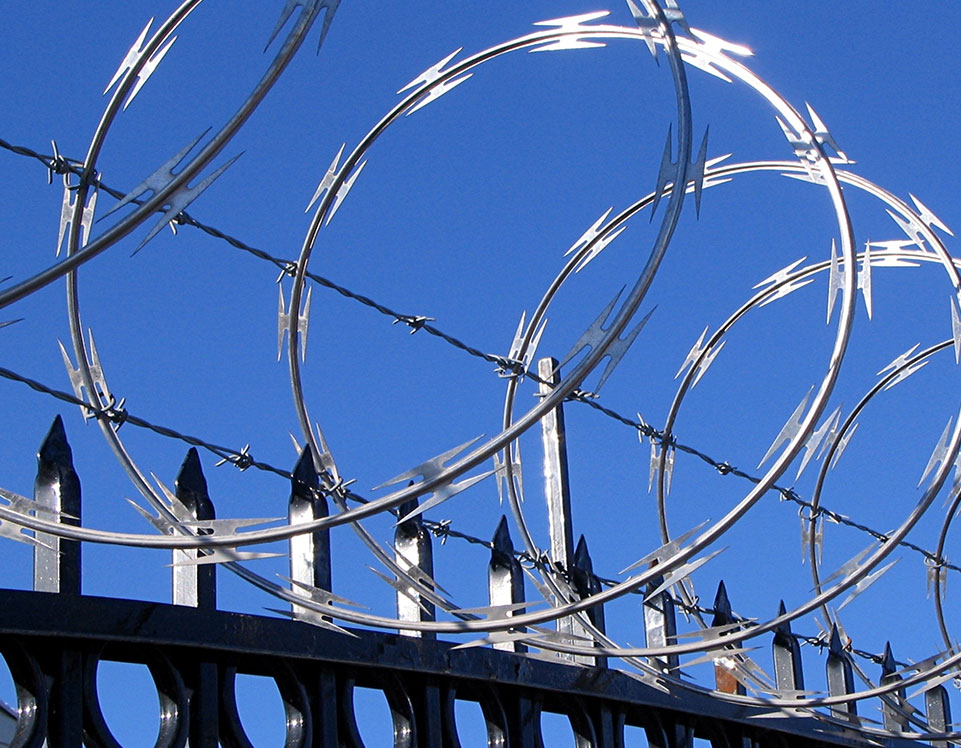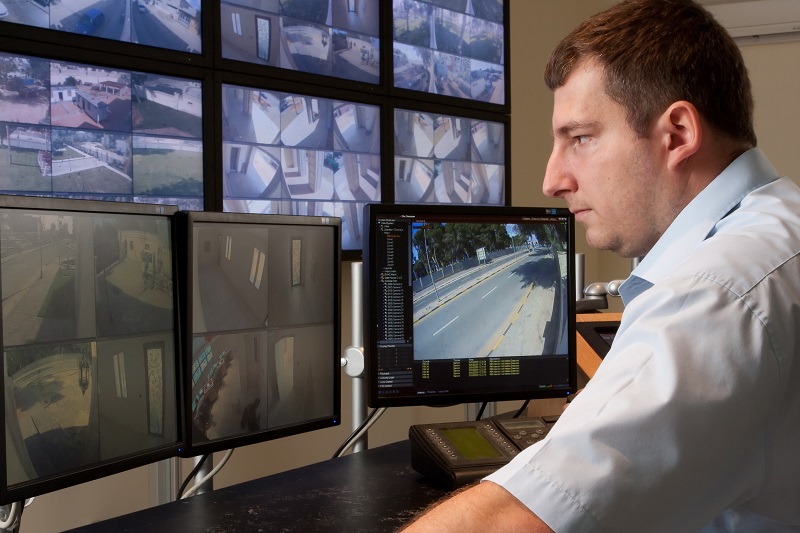Why a Fiber Security System Outperforms Traditional Security Networks
Why a Fiber Security System Outperforms Traditional Security Networks
Blog Article
Boost Your Safety With Advanced Fiber Optic Safety Systems
In an age where protection is critical, innovative fiber optic safety and security systems provide an engaging service for improving safety and security across different settings. These systems not just flaunt exceptional data transfer and rate for high-resolution surveillance however likewise supply remarkable durability versus exterior disturbances. As organizations increasingly seek trusted ways to safeguard their possessions, the assimilation of cutting-edge modern technologies like AI and IoT within fiber optic frameworks raises vital concerns regarding their performance contrasted to typical systems. What implications do these advancements hold for future safety and security steps?
Advantages of Fiber Optic Protection
Using the benefits of fiber optic innovation substantially improves safety and security systems across various applications. Among the main benefits is the increased data transfer ability, enabling the transmission of big amounts of information at broadband. This is particularly essential for real-time video clip security, where high-resolution feeds can be sent without latency, ensuring prompt action abilities.
Additionally, optical fiber display superior resistance to electro-magnetic interference, which is vital in settings with prospective signal disruptions. This dependability guarantees regular performance in critical protection operations. Furthermore, fiber optic cords are less susceptible to tapping and unapproved accessibility compared to standard copper circuitry, thereby boosting information honesty and privacy.
One more notable advantage is the sturdiness of fiber optic systems; they are more resistant to ecological variables such as wetness, temperature level variations, and corrosive compounds. This strength translates to reduce upkeep prices and longer lifespans for safety installments.
Lastly, the lightweight nature of fiber optic cords promotes easier setup and directing, specifically in intricate infrastructures (fiber optic security system). Ultimately, the combination of fiber optic innovation right into protection systems not just bolsters protection steps however likewise enhances functional effectiveness
Secret Functions to Take Into Consideration
When reviewing fiber optic protection systems, numerous key features must be considered to ensure optimal efficiency and performance. Evaluate the system's detection array and level of sensitivity; a considerable variety enables for keeping track of large locations, while high level of sensitivity guarantees that even small disruptions are found without delay.
Following, think about the integration capabilities of the system. A fiber optic protection system need to effortlessly interface with existing security measures such as electronic cameras and alarm systems, creating a cohesive safety network.
Longevity and ecological resistance are also essential features. Guarantee that the system is made to hold up against harsh weather conditions and possible physical dangers, as this will extend its operational life-span.

Lastly, explore the scalability of the system. A robust fiber optic safety system need to be quickly expandable to suit future needs without substantial overhauls. By thoroughly considering these functions, you can select a fiber optic safety solution that boosts safety and safety in your environment.
Setup Process Introduction
To successfully carry out a fiber optic security system, a methodical installment process is necessary. This process begins with a thorough site evaluation to determine the certain security needs and to recognize ideal areas for fiber optic cables and safety devices. Following this analysis, the installation team will certainly create a comprehensive strategy, consisting of wire pathways, needed tools, and compliance with local guidelines.
Following, the installment involves laying the fiber optic cable televisions, guaranteeing they are shielded from environmental factors and physical damage. Appropriate handling techniques are vital, as fiber optic cords are delicate and can be conveniently harmed. After the cabling is mounted, adapters and discontinuations are meticulously completed to ensure signal integrity.
The subsequent stage includes setting up safety and security tools such as electronic cameras, movement detectors, and alarm systems, all incorporated with the fiber optic network. Strenuous testing is conducted to validate that all elements are functioning appropriately and to make sure optimal efficiency.

Comparing Fiber Optic to Traditional Systems
The advancement of protection innovation has resulted in significant developments in the contrast in between fiber optic systems and typical copper-based systems. Fiber optic systems utilize light to send data, supplying exceptional bandwidth and speed contrasted to their copper counterparts. This leads to enhanced information transmission capacities, making fiber optics optimal for high-resolution video security and real-time tracking.
Additionally, fiber optic wires are immune to electro-magnetic disturbance, decreasing the chance of signal deterioration brought on by exterior elements. This particular makes sure consistent efficiency, also in difficult settings. In comparison, traditional copper systems are a lot more susceptible to disturbance, leading to possible vulnerabilities in protection applications.
Sturdiness is an additional advantage of fiber optic systems. They are much less prone to harm from ecological elements such as dampness and temperature variations, which can compromise copper electrical wiring. Fiber optics are lighter and thinner, allowing for much easier installment and decreased physical footprint.
Nonetheless, traditional systems tend to have lower first prices, making them attractive for budget-conscious projects. While fiber optic systems may need a greater upfront investment, their long-lasting benefits-- such as find out here now reduced upkeep prices and greater reliability-- typically exceed the first expenditure, placing them as a superior choice for modern safety requirements.
Future Patterns in Protection Modern Technology
Emerging trends in safety and security technology are poised to transform the landscape of surveillance and risk detection - fiber optic security find out this here system. As organizations progressively deal with advanced dangers, advancements such as man-made knowledge (AI) and artificial intelligence (ML) are coming to be indispensable to protection systems. These modern technologies improve the ability of fiber optic systems by allowing real-time data analysis, recognizing abnormalities, and automating actions to prospective breaches
In addition, the assimilation of the Web of Things (IoT) is changing protection structures. IoT devices can give comprehensive situational understanding and help with seamless interaction between various protection components. This interconnectedness enables for much more reliable monitoring and faster case feedback times.
Biometric verification is additionally getting momentum, giving a higher degree of safety through one-of-a-kind physical attributes. As this technology advances, it is likely to be included into fiber optic systems for boosted gain access to control.
Conclusion
To conclude, advanced fiber optic safety systems represent a considerable innovation in safety and security and surveillance modern technology. Their superior transmission capacity, resistance to interference, and toughness assist in reputable surveillance and data stability. As these systems incorporate AI and IoT abilities, they boost the overall safety and security structure, ensuring robust defense for assets. The transition from standard systems to fiber optic remedies reflects a growing pattern in the direction of you can try these out more effective and reliable security steps in a progressively intricate technical landscape.
Report this page